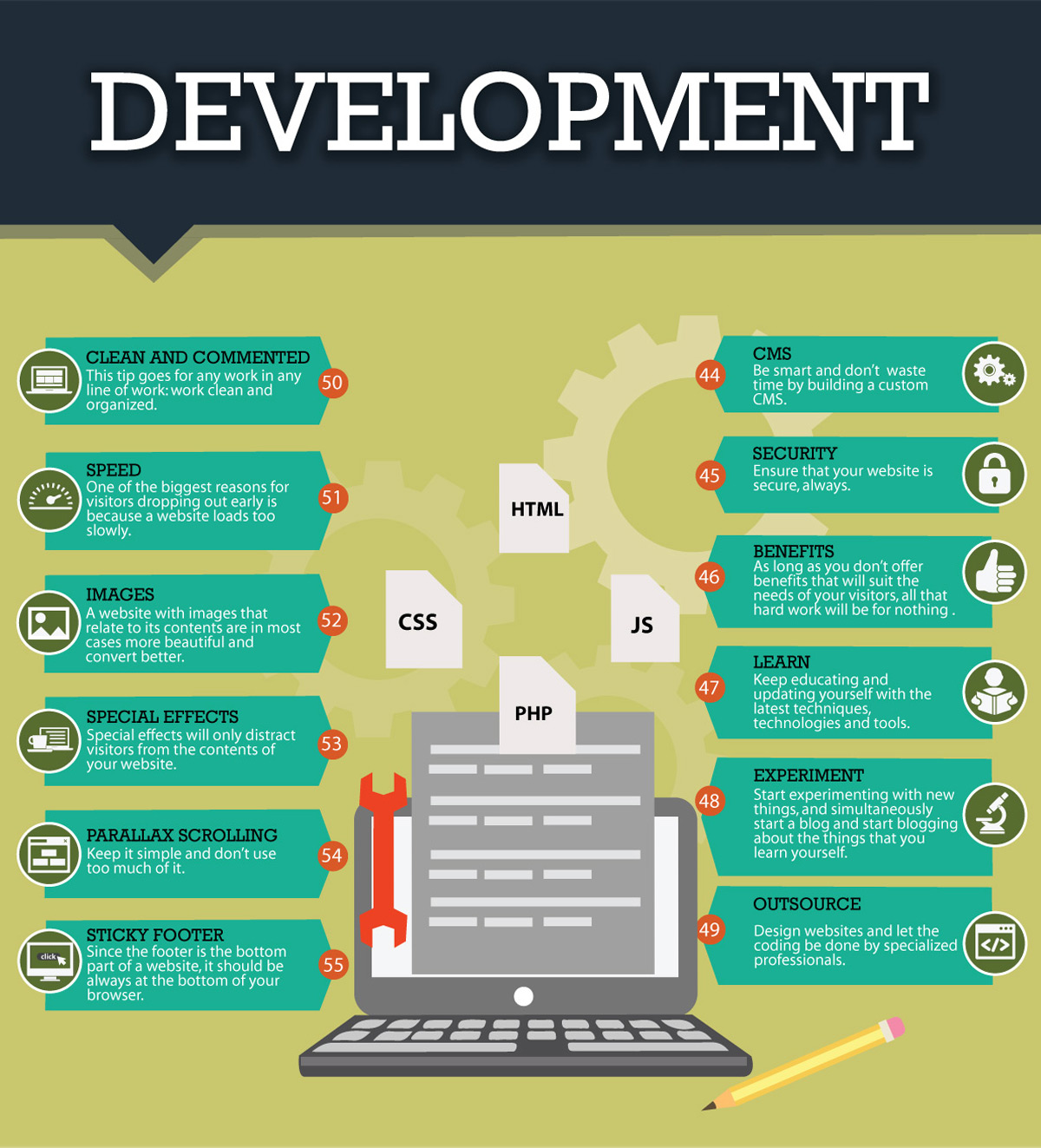Join Us As We Start A Trip With Time, Exploring The Advancement Of Site Style And How It Has Actually Influenced The Digital Landscape
Join Us As We Start A Trip With Time, Exploring The Advancement Of Site Style And How It Has Actually Influenced The Digital Landscape
Blog Article
Short Article Composed By-Solis Gibbons
In the past, sites were simple and focused on info. Navigation was straight, and style was for desktops. Now, user experience is key. Data overviews layouts for easy navigating. Receptive designs fit different devices. Today, dark mode reduces strain, and minimalist food selections enhance navigation. Interactive features involve individuals, and bold visuals stand out. AI combination improves involvement. See how style has evolved to enhance your on-line journey.
Early Days of Website Design
In the very early days of website design, simplicity preponderated. Internet sites were basic, with minimal colors, font styles, and designs. The focus got on providing info instead of flashy visuals. https://holdensmgau.topbloghub.com/36151061/improve-your-visibility-on-the-internet-by-selecting-the-ideal-regional-search-engine-optimization-firm-for-your-company-discover-how-to-select-the-very-best-choice accessed the net through sluggish dial-up connections, so rate and functionality were crucial.
Navigating menus were straightforward, normally located on top or side of the web page. Websites were developed for desktop computers, as mobile browsing wasn't yet prevalent. Web content was king, and designers focused on very easy readability over intricate style components.
HTML was the key coding language made use of, and designers had to work within its restraints. Computer animations and interactive functions were minimal compared to today's standards. Sites were fixed, with little vibrant web content or customized user experiences.
Increase of User-Focused Layout
With the evolution of website style, a shift in the direction of user-focused layout principles has actually come to be significantly prominent. Today, producing internet sites that prioritize user experience is crucial for engaging site visitors and accomplishing business goals. User-focused design entails comprehending the demands, choices, and habits of your target market to customize the web site's layout, material, and features as necessary.
Designers currently perform comprehensive research, such as individual surveys and use testing, to collect understandings and comments directly from individuals. This data-driven approach helps in developing instinctive navigation, clear calls-to-action, and aesthetically appealing interfaces that resonate with visitors. By putting the user at the center of the design procedure, websites can deliver a more customized and delightful experience.
Receptive layout has actually likewise emerged as an essential element of user-focused layout, making sure that websites are maximized for various tools and screen dimensions. This versatility improves access and functionality, dealing with the varied ways customers connect with websites today. Fundamentally, the increase of user-focused layout represents a shift towards producing digital experiences that prioritize the needs and expectations of the end individual.
Modern Trends in Website Design
Check out the latest trends forming web design today. One noticeable pattern is dark setting layout, using a streamlined and contemporary appearance while decreasing eye strain in low-light settings. An additional essential fad is minimal navigating, streamlining menus and boosting individual experience by concentrating on essential elements. Integrating micro-interactions, such as computer animated switches or scrolling effects, can create an extra appealing and interactive website. https://www.htmlgoodies.com/seo/search-engine-optimization-tips-for-bing/ stays essential, ensuring smooth individual experiences across different gadgets. In addition, using strong typography and unbalanced designs can add aesthetic passion and accentuate specific content.
Incorporating AI technology, like chatbots for consumer assistance or tailored recommendations, improves customer engagement and enhances processes. Availability has additionally end up being a significant fad, with developers focusing on inclusive design practices to deal with varied user needs. Accepting sustainability by enhancing internet site performance for speed and efficiency is an additional arising fad in web design. Collaborating with user responses and data analytics to repeat and enhance design constantly is necessary for staying relevant in the ever-evolving electronic landscape. By welcoming these contemporary patterns, you can develop an aesthetically attractive, easy to use site that reverberates with your audience.
Final thought
As you review the evolution of internet site design from the very early days to currently, you can see just how user-focused layout has become the driving force behind contemporary patterns.
Accept the trip of change and adjustment in website design, constantly maintaining the user experience at the forefront.
Stay existing with the current trends and technologies, and never ever stop progressing your method to create aesthetically magnificent and user-friendly sites.
Progress, adapt, and produce - the future of web design remains in your hands.
